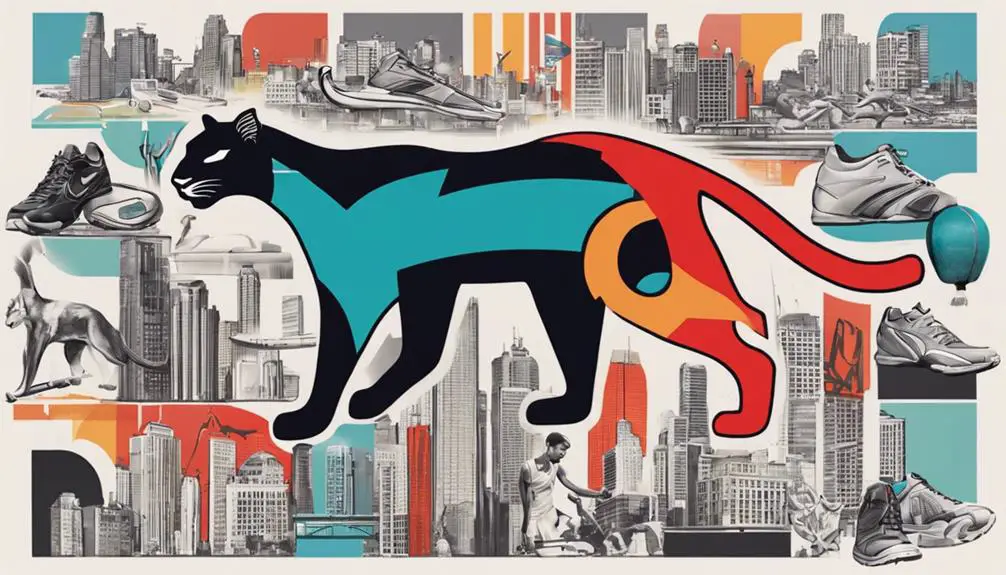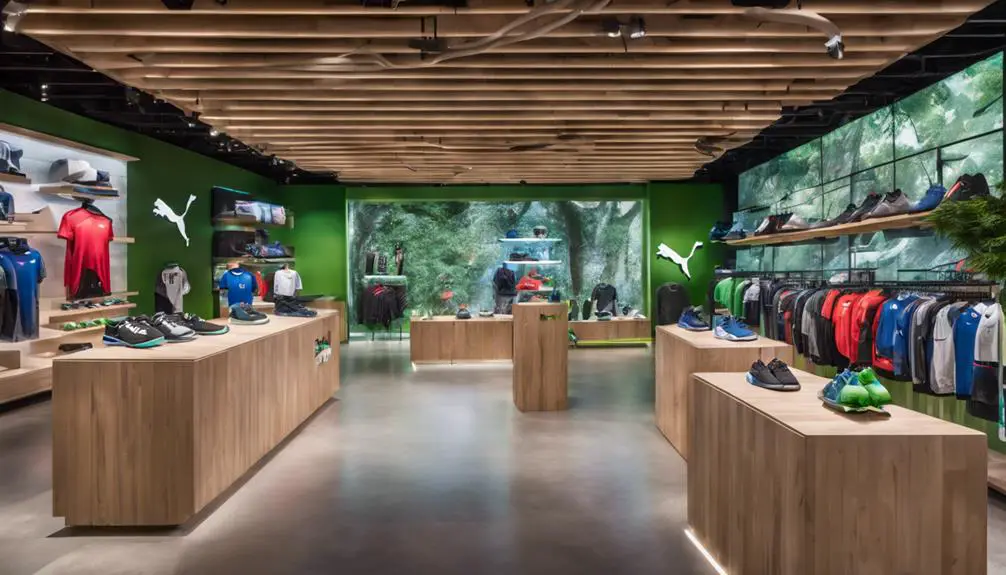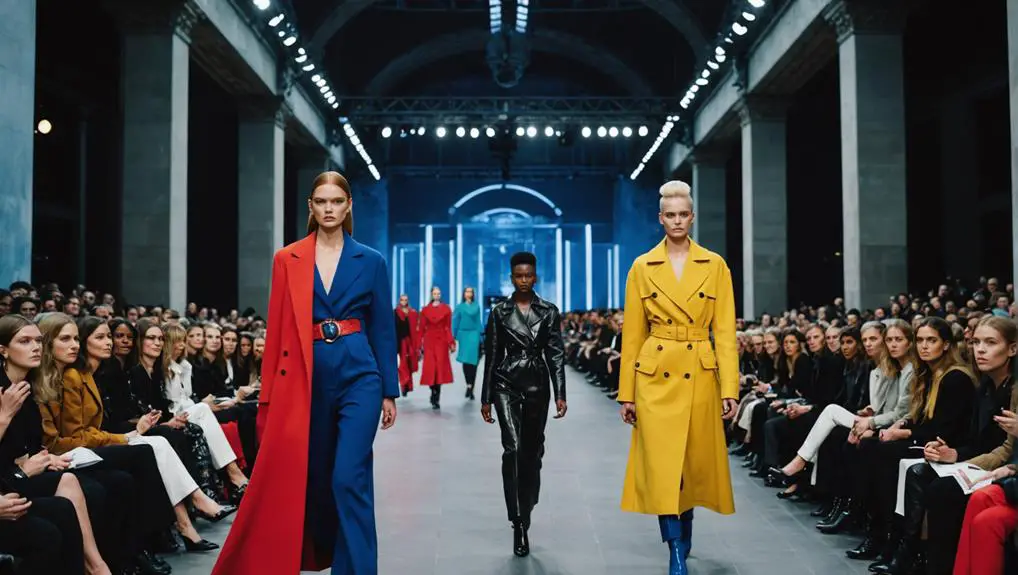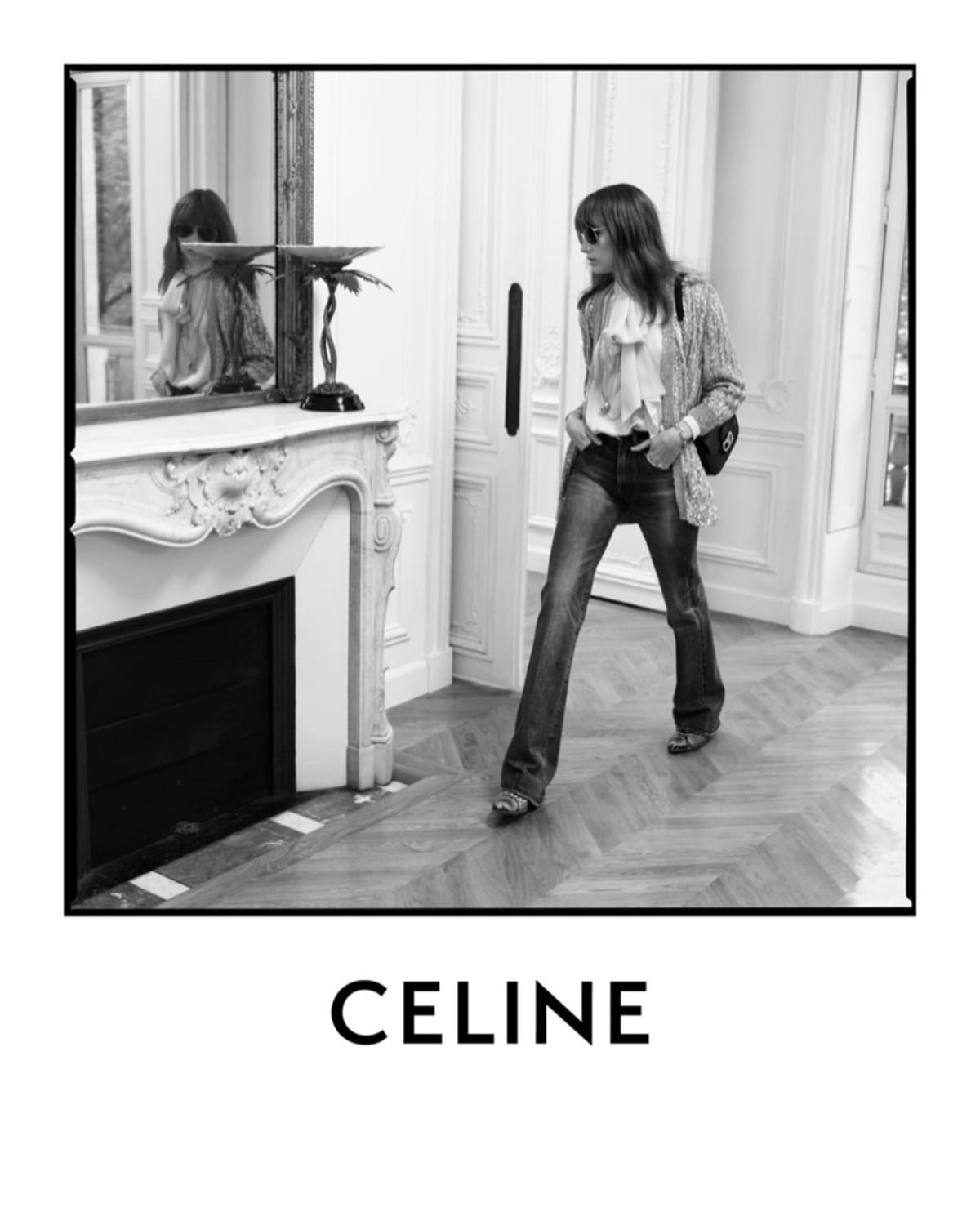So, you wanna know who owns Puma? Well, the big boss is the Pinault family through their Artémis Group, holding 28.52% of the shares! That's a pretty decent chunk, making them the largest stakeholder. Kering Group used to own Puma but spun it off and still has a tiny 1.47% stake now. Other investors like T. Rowe Price and Norges Bank also have their hands in the pie. This mix of owners keeps Puma stable and growing, which is awesome! Curious about how Puma's doing in the market? Stick around to find out more!
Overview of Puma's Ownership

Puma's ownership is primarily held by Artémis Group, which is controlled by the Pinault family, owning about 28.52% of the company's shares. Isn't it cool to think that a single family has such a big say in a global brand? While the Pinaults hold the largest slice of the pie, they aren't alone. Kering Group, which used to own Puma, still has a tiny piece at 1.47%.
Now, let's talk about institutional investors. Big players like T. Rowe Price International Ltd. and Norges Bank Investment Management are also in the mix, holding 5.292% and 2.895% of shares, respectively. This diverse ownership structure is essential for Puma's financial stability and growth potential.
Being publicly traded on the Frankfurt Stock Exchange under the ticker symbol PUM boosts its visibility, too. So, whether you're cheering for the brand on the field or rocking their gear in the streets, you're part of a bigger story. With a mix of individual and institutional shareholders, Puma's future looks bright. Exciting, right?
The Role of Kering Group
Since its acquisition in 2007, Kering Group has played a significant role in shaping Puma's identity and market presence. Imagine having a luxury fashion powerhouse guiding you—pretty cool, right? Kering leveraged its expertise to boost Puma's brand image and expand its global presence. They knew exactly how to make Puma stand out in a crowded market. During this period, Puma embraced innovative technologies in their product lines, similar to Reebok's pioneering innovations in footwear technology.
During their ownership, Kering provided strategic direction that focused on performance and sustainability. They emphasized eco-friendly initiatives, which is super important nowadays. Plus, Kering's guidance helped Puma grow its revenue, contributing to Kering's overall success, which hit a whopping €20.35 billion in 2022!
Even after spinning off Puma in 2020, Kering didn't completely walk away. They still hold a 9.8% stake in the company, showing they believe in Puma's growth potential. It's like they're saying, "We're still in this together!" With Kering's influence, Puma has become a stronger brand, ready to take on the world. So, when you think about Puma, remember Kering's significant role in its journey. Who knew corporate relationships could be so essential?
Shareholder Composition

Understanding the dynamics of Puma's shareholder composition sheds light on the brand's financial backing and strategic direction. You might find it interesting to know who's really behind the brand. Here are some key points about Puma's ownership:
- The Pinault Francois Family is the largest shareholder, holding 28.52% of Puma's shares.
- Institutional investors like T. Rowe Price International Ltd. and DWS Investment GmbH play a significant role.
- KERING, while having spun off Puma in 2020, still holds a 1.47% ownership stake.
PUMA SE's shareholder composition is quite diverse! Besides the Pinault Francois Family, you'll see that T. Rowe Price International Ltd. owns about 5.292% of the company, showing strong institutional support. Norges Bank Investment Management also has a 2.895% stake, bringing in some sovereign wealth fund interest. DWS Investment GmbH adds to the mix with 2.884% of Puma's shares.
All these players contribute to the exciting journey of Puma. With such a varied ownership, it's clear that Puma isn't just a brand; it's a collaboration of passionate investors!
Financial Performance Insights
As Puma continues to navigate the competitive sportswear market, its financial performance reveals both challenges and opportunities. In 2023, Puma's sales hit €8.6 billion, showing a slight increase from €8.47 billion the previous year. That's a win, right? However, not everything's up. The North American market saw revenue drop to €2.1 billion from €2.53 billion in 2022. Ouch!
On a brighter note, European sales climbed to €2.02 billion from €1.92 billion, which is a nice boost. And let's not forget the EEMEA region, contributing €1.63 billion in sales, while Latin America brought in €1.24 billion.
Despite these ups and downs, Puma's market capitalization stands at €6.35 billion, reflecting a -1.71% change over the past year. So, while there's some room for growth, Puma's showing resilience. It's like a rollercoaster ride—sometimes you're up, sometimes you're down, but there's always excitement! Are you ready to see how Puma can turn these challenges into new opportunities?
Future Prospects for Puma

Puma's future prospects look promising, driven by a blend of sustainable initiatives and strategic partnerships. They're not just about flashy shoes and cool gear; Puma's making real moves to guarantee they grow responsibly. With an emphasis on quality and durability, they are aligning their products with consumer preferences for long-lasting apparel, similar to how vintage graphic T-shirts prioritize high-quality fabric for comfort and longevity. tailoring vintage T-shirts can inspire brands like Puma to enhance their offerings by focusing on unique designs that resonate with personal memories.
- Sales hit €8.6 billion in 2023, showing they're on the rise.
- The new CEO, Arne Freundt, is all about pushing for growth and innovation.
- They're focusing on North America and EEMEA, where the market presence is booming.
With a commitment to using 50% sustainable materials in their collections, Puma's taking sustainability seriously. Plus, they've reduced carbon emissions considerably over the years. That's not just good for the planet; it's a smart move for their brand image too!
Strategic partnerships with celebrities and athletes are also boosting their appeal, making Puma a go-to choice for sportswear lovers everywhere. So, whether you're hitting the gym or just rocking your favorite sneakers, Puma's got your back. With strong sales and a clear focus on sustainability and growth, it seems like Puma is just getting started. Are you ready to see where they go next?
Frequently Asked Questions
Is Puma Still Owned by Adidas?
No, Puma isn't owned by Adidas. Understanding Puma's brand history and corporate structure reveals its independence, enhancing market competition. Their financial performance, global expansion, and innovative products drive effective marketing strategies and strong retail partnerships.
Who Is the Major Shareholder of Puma?
You'll find that Puma stockholders include the Pinault Francois Family, major institutional investors, and Kering. Their diverse stakes affect investment trends, corporate governance, and sustainability initiatives, impacting brand partnerships and market competition in retail strategies.
Who Is the Man Who Owns Puma?
You're curious about the man behind Puma, a brand known for its innovative designs, strong athlete endorsements, and sustainability practices. His vision drives Puma's global expansion, marketing strategies, and retail partnerships, shaping consumer demographics effectively.
Are Adidas and Puma Owners Brothers?
No, Adidas and Puma's owners aren't brothers anymore. Their split in Puma history fueled an Adidas rivalry, leading to unique brand evolution through fashion collaborations, celebrity influence, and design innovations that shaped global market competition.
Conclusion
So, there you have it! Puma's got some cool ownership ties with the Kering Group, making it a big player in the sportswear world. With a solid mix of shareholders and a bright financial outlook, Puma's definitely got some exciting stuff ahead. Isn't it awesome to think about how a brand can grow and change? Keep your eyes peeled for what's next with Puma—you never know what fresh styles or innovations might drop!




